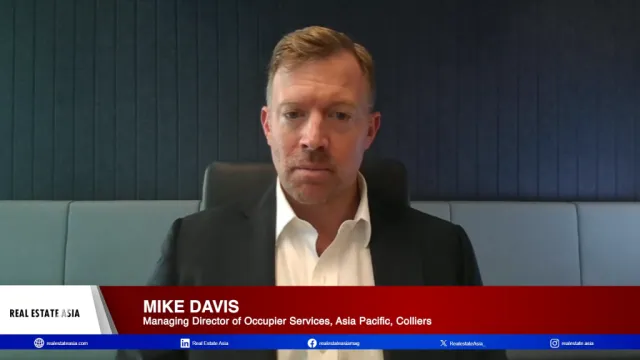
Diverging trends in Tokyo’s Grade B office market revealed
Find out what trends are evident in Tokyo’s central five wards.
The large-scale Grade B market in Tokyo continues to improve in tandem with the Grade A market since the second half of 2023. According to a Savills report, average rents increased significantly by 1.4% QoQ and 1.7% YoY to JPY24,895 per tsubo.
Shinjuku and Minato experienced the most prominent rental improvements, rising by 2.7% and 2.6% QoQ, respectively. Shibuya and Chiyoda also witnessed moderate growth of 1.5% and 0.8% QoQ, respectively.
Here’s more from Savills:
On the other hand, average rents in Chuo declined by 0.4% QoQ. Overall, diverging trends continue to be observed within the C5W Grade B market. Some offices in prime areas with virtually no vacancies enjoyed rental growth over the quarter, given the strong demand and favourable position of landlords. However, a handful of offices in areas with poor transport access struggled, which subsequently led to rental discounts.
Meanwhile, average Grade B vacancy tightened for a second consecutive quarter, decreasing by 0.2ppts to 3.4%. Notably, Minato, which recently struggled with high vacancy levels, has observed the largest improvement of 0.8ppts this quarter, indicating a gradual yet sound recovery.
Looking at other constituent C5W submarkets, vacancy tightened by 0.3ppts QoQ in Chuo, and 0.2ppts QoQ in Chiyoda. Meanwhile, Shinjuku saw no change in vacancy while Shibuya’s vacancy loosened slightly by 0.4 ppts.
According to a monthly survey conducted by Mitsubishi Real Estate Services in January 2024, the proportion of respondents considering office space expansion has steadily risen from 38% in Q3/2022 to 58% in Q3/2023. The main drivers for this trend include the expansion of business operations and headcounts, as well as the desire for improved office environments, which has been encouraged by continuous strong growth in corporate profits.
However, the bifurcation between newer modern offices with good transport access, and older, inconvenient offices persists. Tenants looking to relocate or expand their office footprints increasingly prefer new buildings with useful amenities to attract and retain their workforce, especially with scarcer skilled resources.
Newer modern offices also tend to be better equipped to facilitate hybrid work arrangements, with features such as private booths for individual video conferences and meeting rooms for seamless communication between main office and remote workers. However, older offices located in less accessible areas that lack many of these features look to struggle, and higher levels of vacancy may persist among a handful of such properties.



















 Advertise
Advertise






